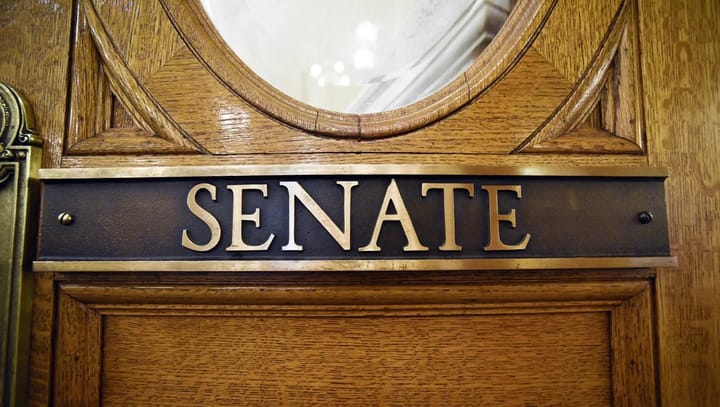South Dakota literacy improvements likely to cost more than $6 million
Mississippi educator says South Dakota should expect a longer, more expensive process to make long-lasting reading gains
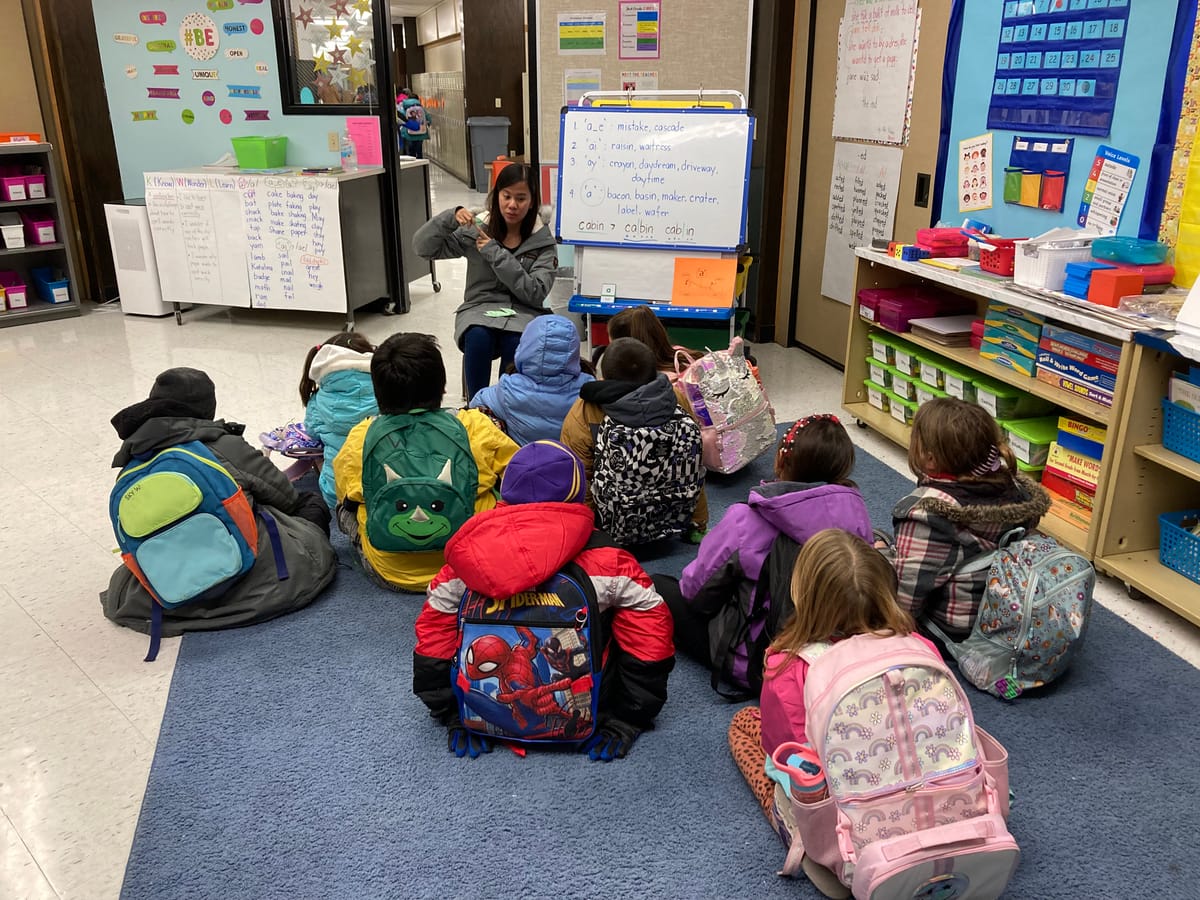
South Dakota educators have pointed to dramatic literacy successes in the state of Mississippi as evidence for lawmakers to support a proposed $6 million investment into expanded phonics-based reading curriculum and teacher training.
But as the appropriation supported by Gov. Kristi Noem moves forward in the Legislature, a top literacy official in Mississippi said that while South Dakota’s plan is a good place to start, a one-time investment is unlikely to reverse falling reading rates in the Rushmore State.
House Bill 1022 would provide the South Dakota Department of Education with $6 million for a four-year statewide teacher training effort in the science of reading (SOR), an intensive approach to reading instruction at the elementary level that relies in part on phonics, or using sounds within words rather than letters to help children read.
In the first hearing on the spending bill, Education Secretary Joseph Graves told lawmakers on the House Education Committee that, "in four years, when the money runs out, we are hoping and we believe that the need for the money will (run out) as well."
But Tenette Smith, director of the Elementary Education and Reading Office in the Mississippi Department of Education, told News Watch in an interview that her advice to South Dakota is to expect a longer, far more expensive process to make reading gains real and long-lasting.
Smith said it will take longer than four years and much more than $6 million in spending on teacher training to replicate the incredible success shown in Mississippi, where student test scores rose in all subjects and at all levels. The state has become a national model for success since it invested deeply into the SOR and other early literacy efforts.
"I would tell them to understand that this is not a quick fix," Smith said. "There's no silver bullet that increases student outcomes or a single strategy that will get you to the end result. We didn't see our first big jump until five years in, so you have to keep plugging away."
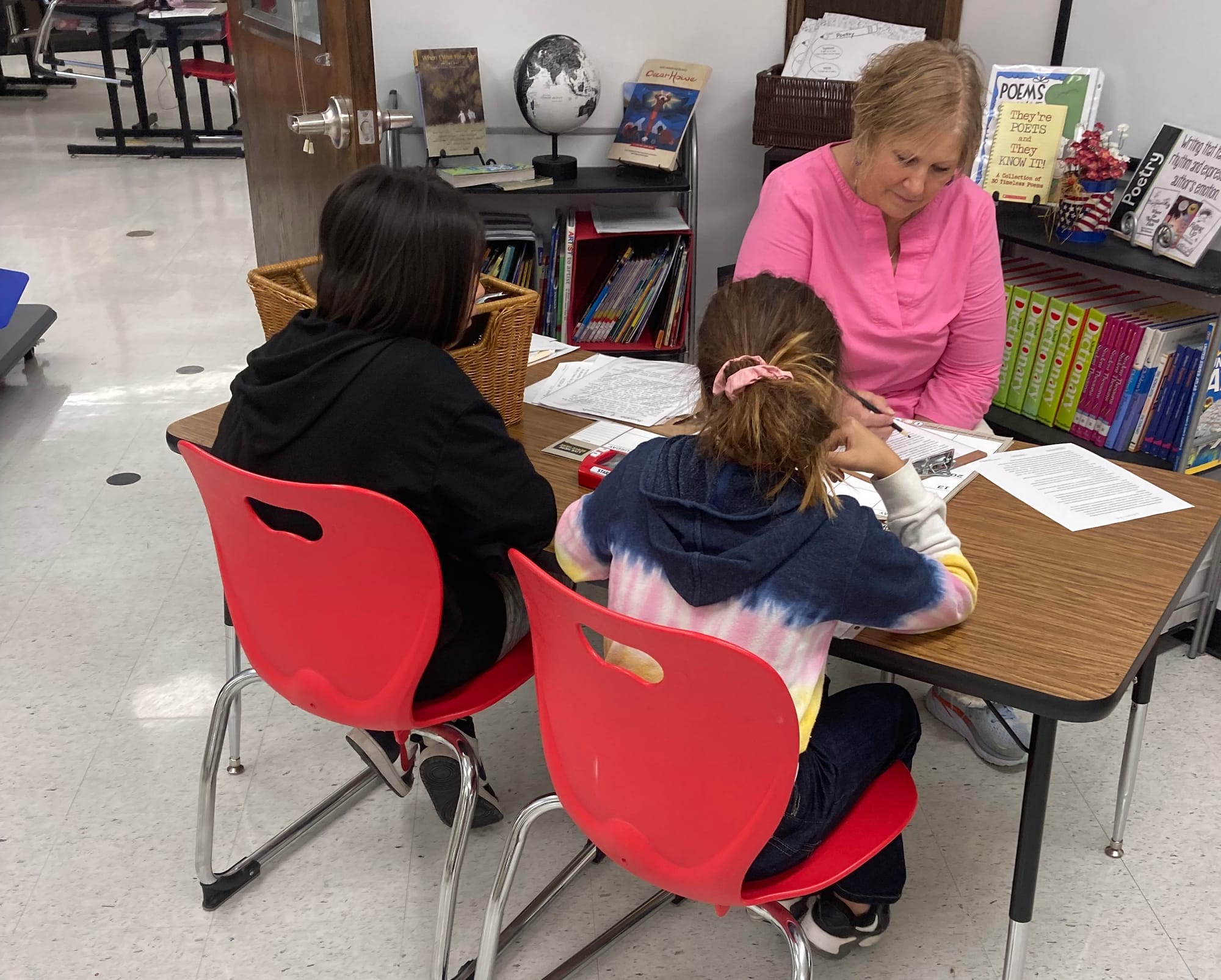
Science of reading explained
In some ways, the SOR approach is a return to reading instruction used in American classrooms a generation ago.
Graves noted that phonics-based literacy education was popular 50 years ago but fell out of favor as educators turned to a “whole language” approach in which it was assumed that students would largely become literate on their own and would naturally develop a love of reading.
Graves said it became clear that whole language literacy training was a “dismal failure” and that “elementary schools filled with whole language teaching resulted in Johnny being unable to read.”
In SOR, teachers are heavily involved in helping students learn to read in early grades, thus forming a basis for future learning. It uses a five-step method that builds on each stage, starting with teaching students that letters make sounds, that sounds then make words, and eventually that words work together to create meaning and comprehension.
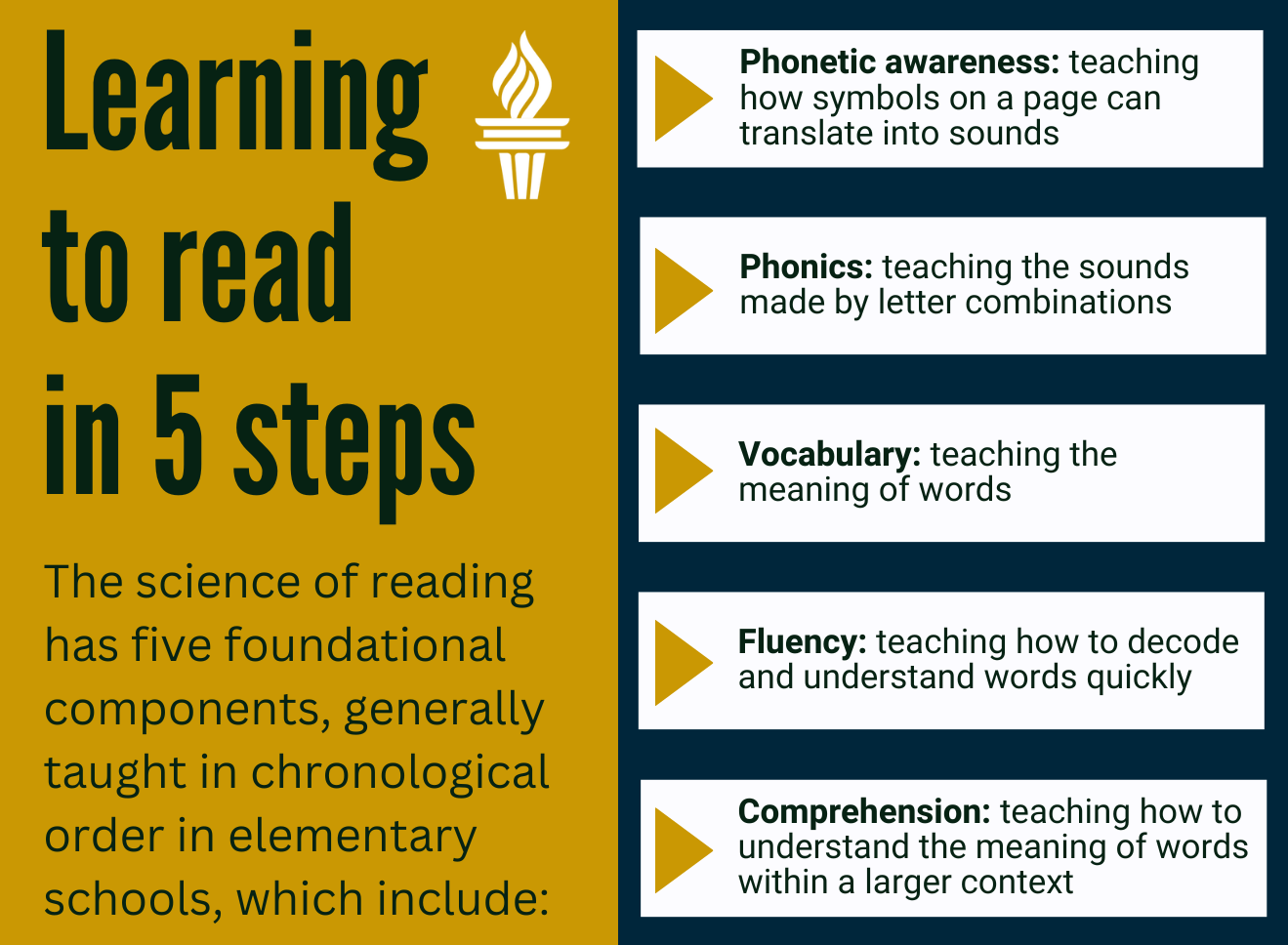
Across the country, a slow but steady return to phonics-based literacy education has shown positive results, and Graves said more widespread, intensive teacher training in SOR is needed in schools in South Dakota to raise poor literacy rates.
In the 2022-23 school year, English language arts proficiency was at 50% among all students in South Dakota, a drop from 54% in 2018-19, according to the South Dakota Report Card. Some districts, individual schools and specific student populations showed results that were far worse, however, with language proficiency rates last year at 31% for economically disadvantaged students, 23% among English-language learners and 20% for Native American children.
“If we’re going to move the needle on our current statewide proficiency rates, it will require this kind of support for SOR training,” Graves told the House committee, which voted 15-0 to pass the spending measure on Jan. 17 and send it to the Joint Appropriations Committee for further consideration.
South Dakota started a statewide literacy training initiative in August 2023 using federal COVID funds from the American Rescue Plan Act and has since provided SOR training to nearly 1,200 teachers at the kindergarten to fifth grade levels, Graves said. That funding will run out at the end of 2024, Graves said.
SOR curriculum is already being used in a handful of South Dakota school districts, including in Sisseton, Tea and Hill City, where administrators said they have seen strong early success in improved literacy levels.
The $6 million would be used to provide extensive training in SOR concepts for teachers on a voluntary basis at any school in South Dakota, including public, private, tribal and Bureau of Indian Education schools, Graves said. The state will request that individual school districts, which operate with local control over the curriculum, accept the new SOR training opportunities. The state will also work with universities to help them adopt SOR training so new teachers arrive on the job with a firm foundation in SOR principles, Graves said.
Nancy Van Der Weide, a spokeswoman for the education department, declined an interview request from News Watch but provided an emailed response to questions about SOR. Van Der Weide said the funding would allow the department to "saturate classrooms across the state with teaching steeped in the principles of the Science of Reading."
She added: "If approved, this funding would allow us to make systemic change over the course of four years, training teachers, administrators, paraprofessionals as well as our higher education colleagues in practices that have been proved to be best for student learning."
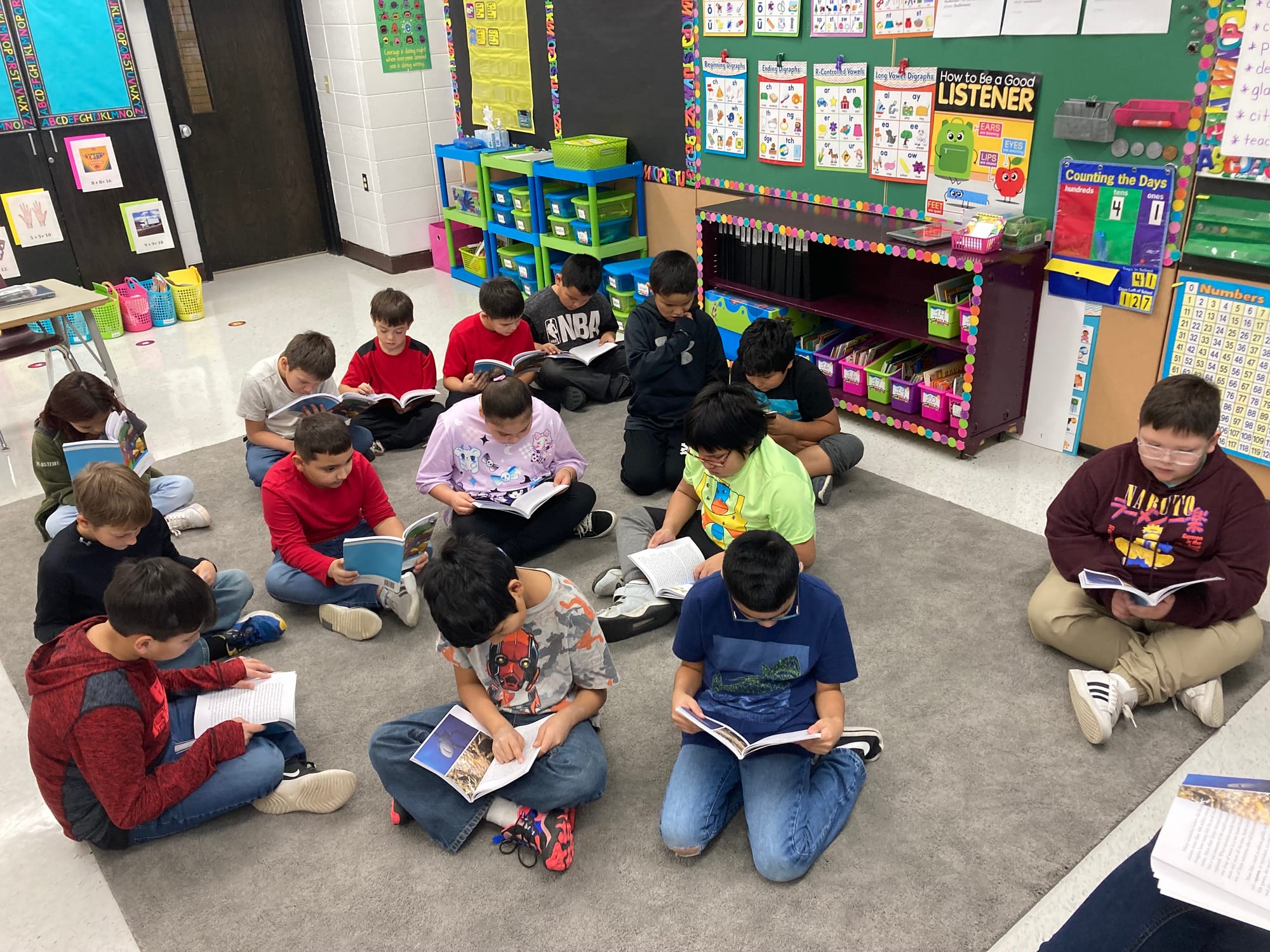
The 10-year Mississippi model
The multi-pronged effort to improve literacy in schools in Mississippi began in 2013 with an initial $3 million appropriation for the state's first government-funded pre-kindergarten program aimed at 4-year-olds to jumpstart their learning. That year, lawmakers also invested $9.5 million in SOR teacher training programs, Smith said.
Mississippi, with a state population of 2.9 million and 450,000 K-12 students, is about three times the size of South Dakota. But it has a significantly higher overall poverty rate (19%) than South Dakota (13%.)
The initial investment in SOR and other literacy training for teachers rose to $15 million a year in 2014, where it has remained since, Smith said. About 60% of that funding goes directly to literacy coaching and support for teachers, with some targeted directly at schools that show poor literacy results or have high student poverty rates or other instructional challenges, she said.
Last year, the state had 122 literacy coaches, many of whom travel to schools where data show the need is greatest, Smith said.
Funding is also used to train administrators in SOR, to provide travel to conferences and for materials and student assessment. Literacy instruction and training can also extend to teachers and student populations in upper grades if data show that students struggle with comprehension as they move through the K-12 system, Smith said.
Pre-K funding also increased
Mississippi also expanded its state-funded pre-K program to earlier ages and a current funding level of about $40 million a year, Smith said.
A decade on, literacy education has become a significant focus of the K-12 system in Mississippi, with a multitude of training opportunities for educators, improved student assessments and ability to quickly adapt or target instruction.
The state has also encouraged partnerships among teachers, administrators, parents and educators outside the schools. A strong commitment by lawmakers to support and fund literacy programming has aided the in-class efforts as well, Smith said.

The multi-phase literacy efforts have shown incredible results in student achievement, which lagged well behind most states for decades, according to Mississippi Department of Education data.
In 2022-23, the state saw record proficiency rates in language arts (47%), math (53%), science (59%) and social studies (71%). The graduation rate reached an all-time high of 89% and chronic absenteeism fell to 24%. Even after raising its passing score for third-grade reading in 2019, the state saw a record 76% passing rate last year, according to the state website. More than 90% of districts and 87% of schools scored a C or better on a statewide A-F grading scale last year.
"There's been a recognition that students don't succeed in isolation, and that a single component won't get you to the end results," Smith said. "It requires people to come out of their silos and work together to improve student outcomes."
More teacher training in Tea
Samantha Walder is a big believer in the science of reading because she has seen the positive results firsthand at Legacy Elementary School in Tea, where she is the principal.

Five years ago, the Tea Area School District, just southwest of Sioux Falls, added many of the SOR techniques and concepts into literacy education of students in the K-5 grade levels. Rather than memorize words, the elementary students learn to decode words using sounds formed by groups of letters.
Once they know words and word meanings by third grade, teachers help students in fourth and fifth grades focus on reading comprehension, a major goal of literacy education. Sound combinations are mapped into boxes that give each a unique sound and allow for later linkage of sounds to form more words, Walder said.
"If a child memorizes 10 words, they know 10 words," she said. "But if a child learns 10 sounds, they would know 230 three-sound words or over 4,000 four-sound words."
Students are also taught to understand and use 109 so-called power words, which enable them to comprehend sentences, paragraphs and eventually entire books or stories. Students and teachers actively engage in reading and use literacy as a foundation for academic success in other subject areas and throughout the student's K-12 journey.
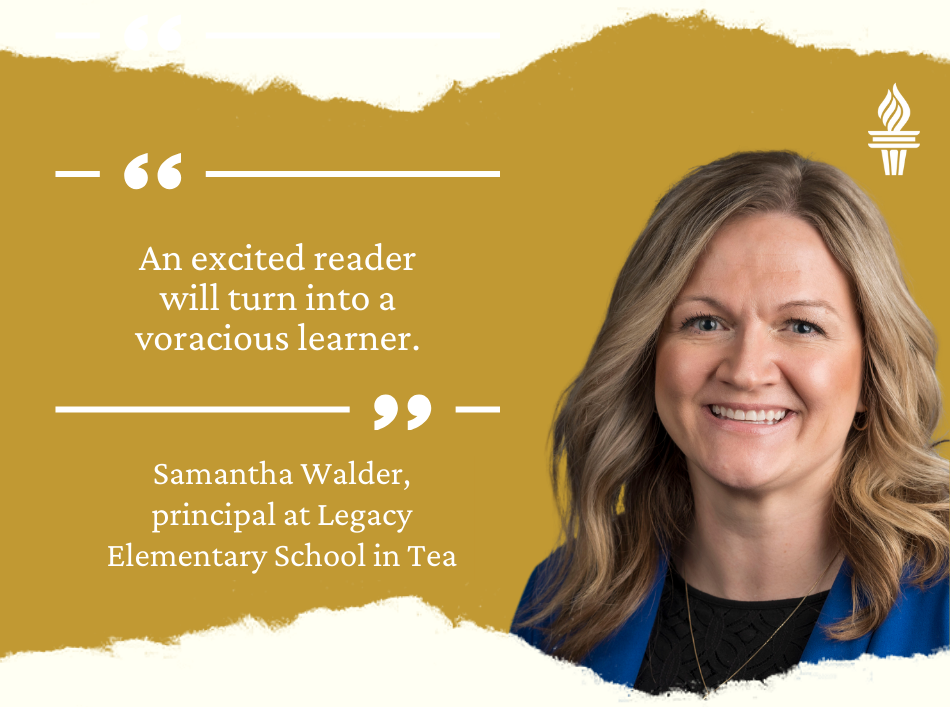
In the 2022-23 school year, Legacy Elementary School had 73% of students proficient in English language arts, 23 percentage points above the state average. Legacy scores in math (69% proficient) and science (64% proficient) also were well above state averages.
The student outcomes she sees from the SOR teaching methods make her excited for a future in South Dakota where more schools and teachers will be trained in the new literacy techniques.
"An excited reader will turn into a voracious learner," Walder said. "I distinctly remember last year's kindergarten students coming in with their books and being so excited they could read them cover to cover. They knew every word and sounded them out perfectly."
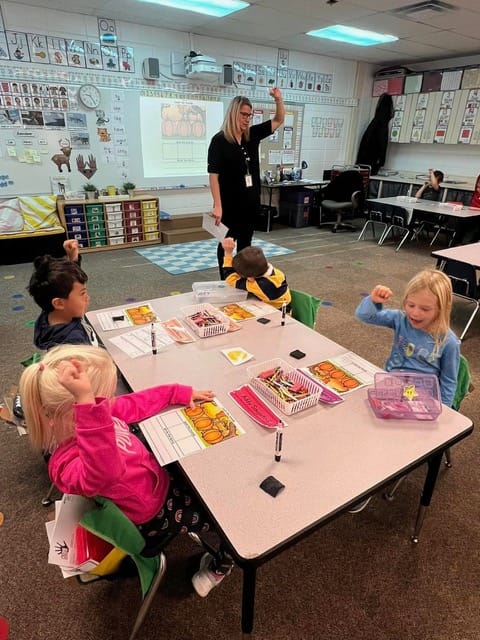
'Drop everything and read' in Hill City
At the Hill City School District, students have been taught with a phonics-based reading program for more than a decade.
Superintendent Blake Gardner told News Watch that the efforts have led to strong student success. In the 2022-23 school year, the district had 57% of students testing proficient in English language arts, well above the statewide average of 50% that year. In 2018-19, Hill City Elementary — where reading curriculum begins — had a reading proficiency of 65%, well above the state average.
By using phonics-based instruction rather than traditional whole-language teaching of reading, students form a strong basis for future learning and greater potential for a better life overall, Gardner said.
“There’s a connection between your reading level in third grade and your career earnings,” said Gardner, who has worked in Hill City for 18 years, the past five as superintendent. “As crazy as that seems, there’s a proficiency connection there.”
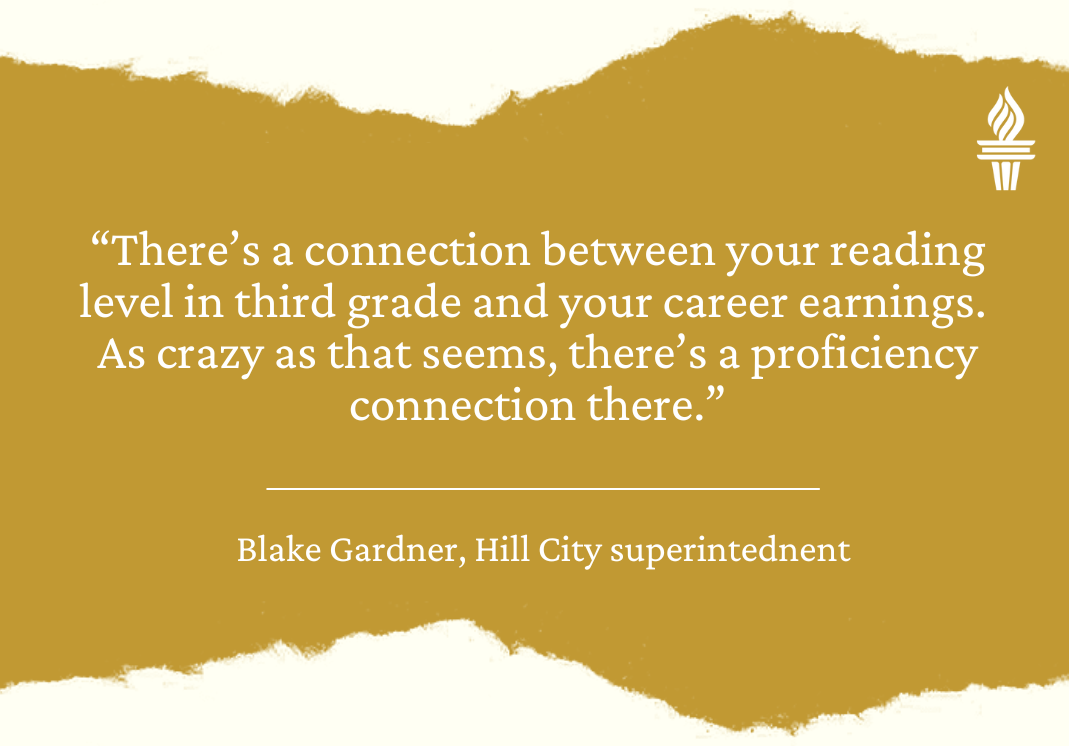
Teachers use letter combinations and sounds to help students learn words and, later, their meanings, he said. The district pushes reading in other ways, including what Gardner calls DEAR Time, in which students “drop everything and read” for 20 minutes during the school day. At the high school level, students are taught to build critical thinking skills that rely heavily on their ability to read and comprehend concepts.
Gardner supports the funding proposal by Noem and the Department of Education plan to expand phonics-based reading programming and teacher training across the state.
“Year in and year out, Hill City is at the top of the test scores in the state, and people ask why or how, and the answer is pretty simple,” he said. “We teach our kids to read proficiently at a lower level. And while I know that’s an oversimplified answer, if kids can read at the elementary level, they’re going to be able to do the multistep equations in math at the middle school level or in science labs at the high school level or read standardized tests or the ACT. And eventually it becomes a quality of life issue, just being able to read well.”
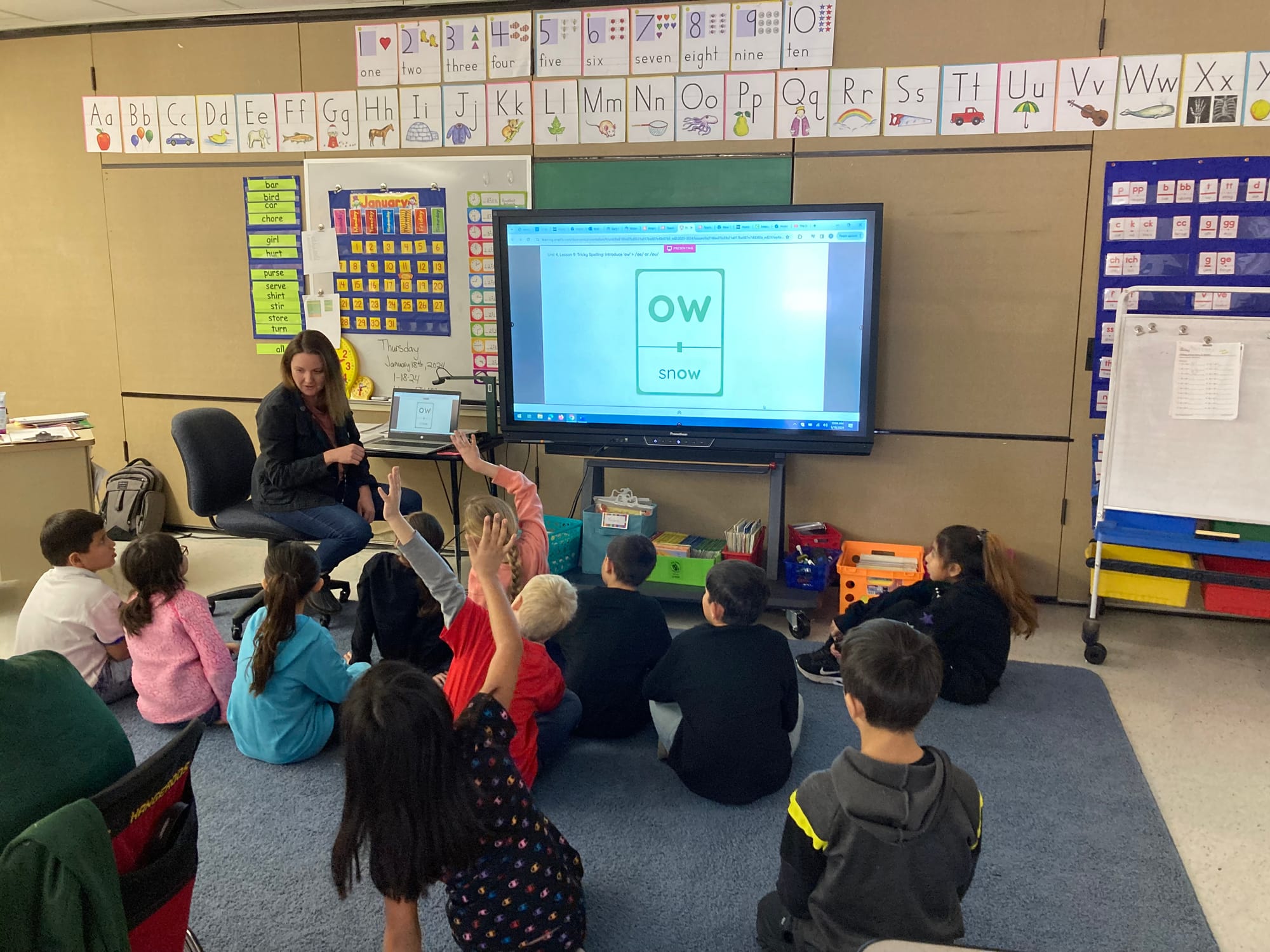
SOR in place in Sisseton
In the 2018-19 school year, Westside Elementary School in Sisseton was able to bring in a part-time literacy coach through a grant program, and principal April Moen was pleased to see the results the added teacher training provided.
"It's important to have someone alongside you to keep you grounded in the foundation of reading, and she did that," Moen said. "She taught our teachers, she modeled in the classroom, and she led our professional development in literacy."
Moen said she saw growth in literacy rates at Westside elementary during the time the literacy coach was present. Further efforts to study, understand and implement science of reading methods will help more students learn to read earlier than ever, she said, adding that the school lost its literacy coach in 2021.
Westside has a student population that consists of 58% economically disadvantaged children and 63% who are considered English learners, which adds challenges to teaching and learning. The school also underwent significant hiring challenges due to teaching vacancies over the past couple years, Moen said.
And while the school's reading scores have dipped, Moen remains confident that real progress in reading is being made. State test results show student progress on the rise in all student subgroups, including among Native American students, according to the South Dakota Report Card.
Moen said equipping teachers with principles of SOR will benefit students now and as they move forward in their education, careers and lives. And beyond that, providing teachers with more training and literacy techniques will ensure that reading remains a focus of teaching at Westside elementary, and if the new state funding is approved by the Legislature, across the entire state.
"The teacher is the most important person in the room for student achievement to occur," she said. "I'm in awe of them, because we've been learning as a team. We're all in, and we're forging forward, even if it's hard."

